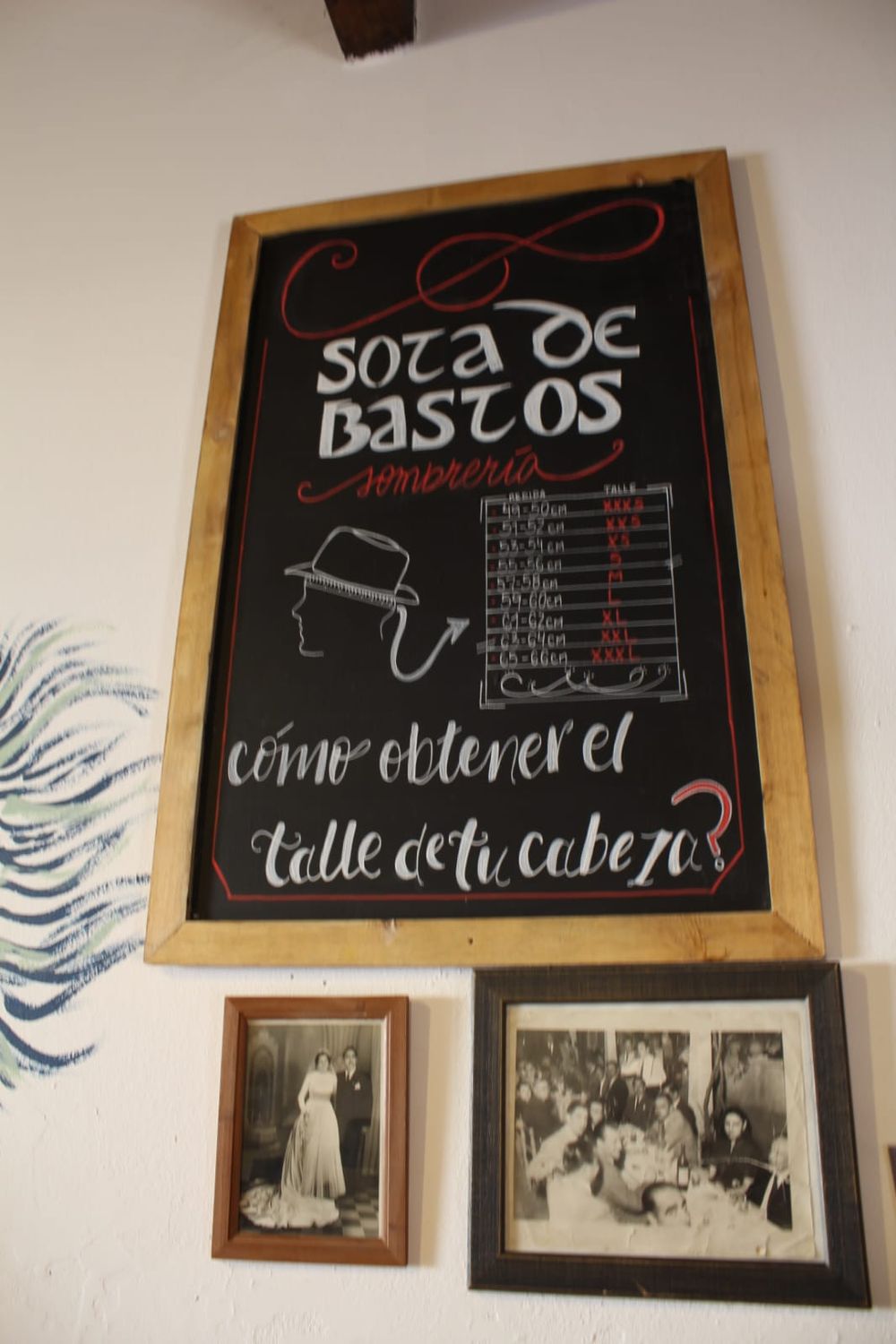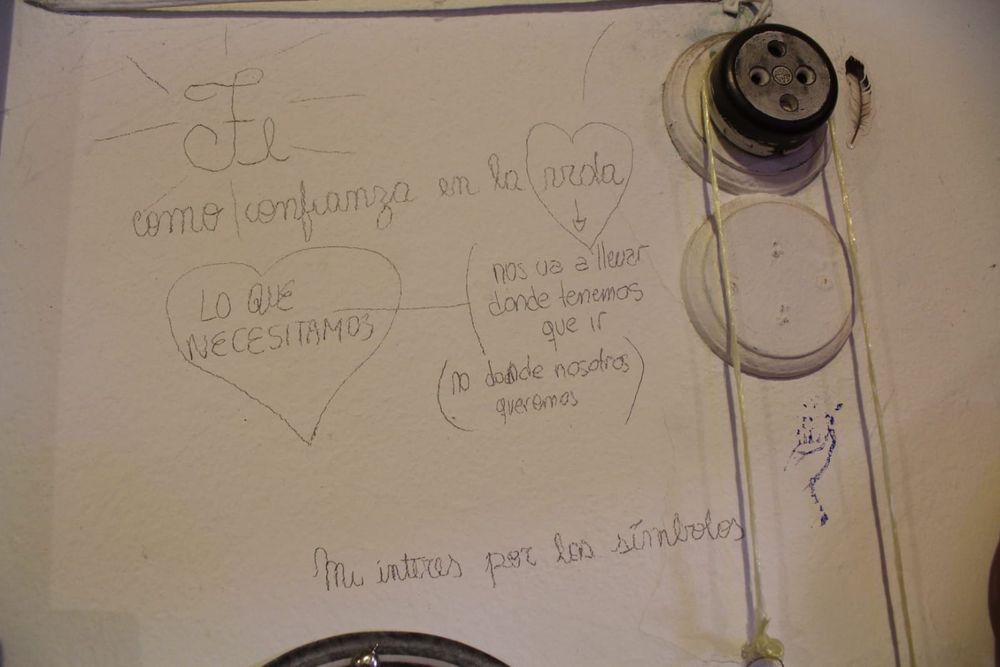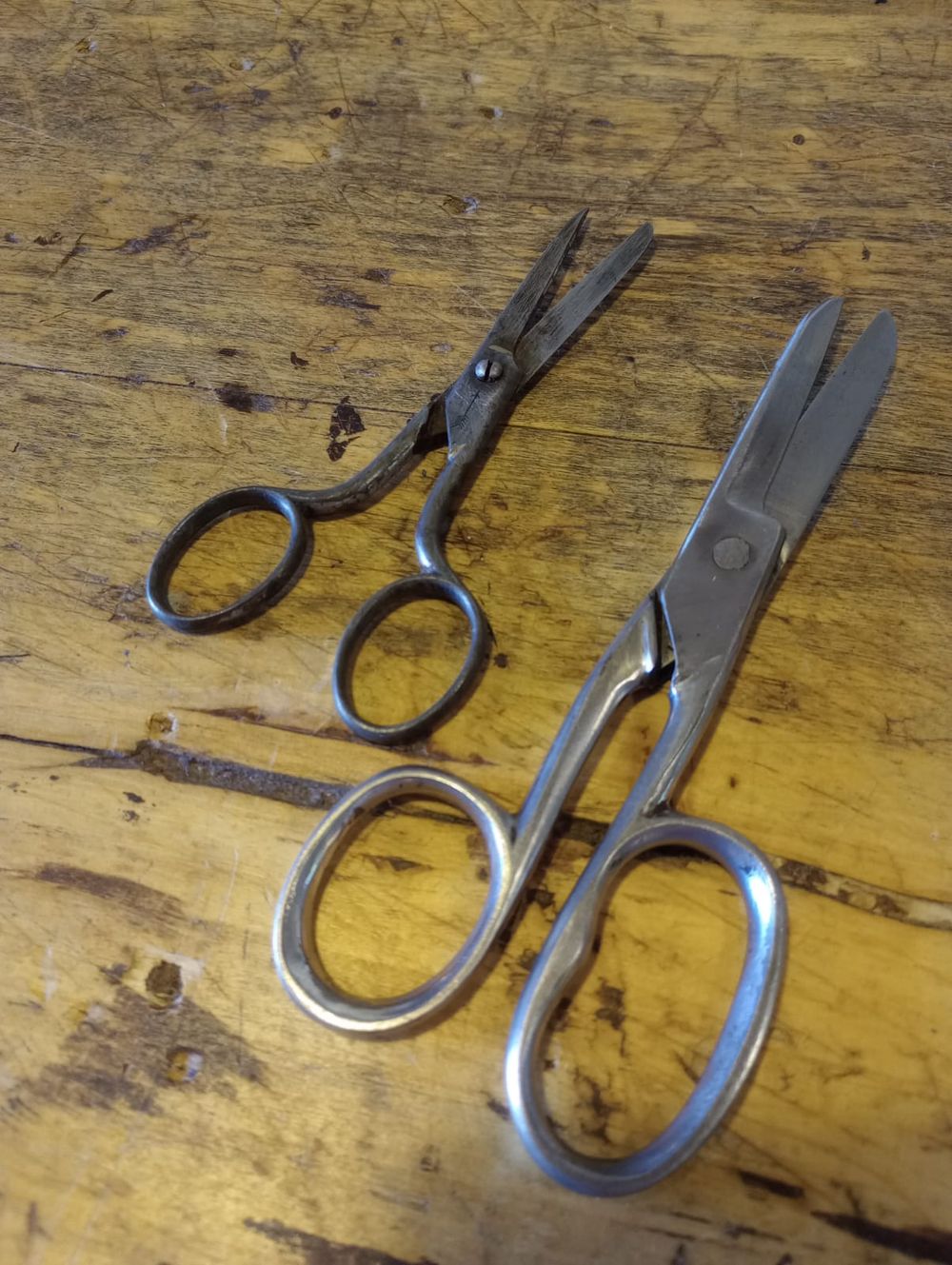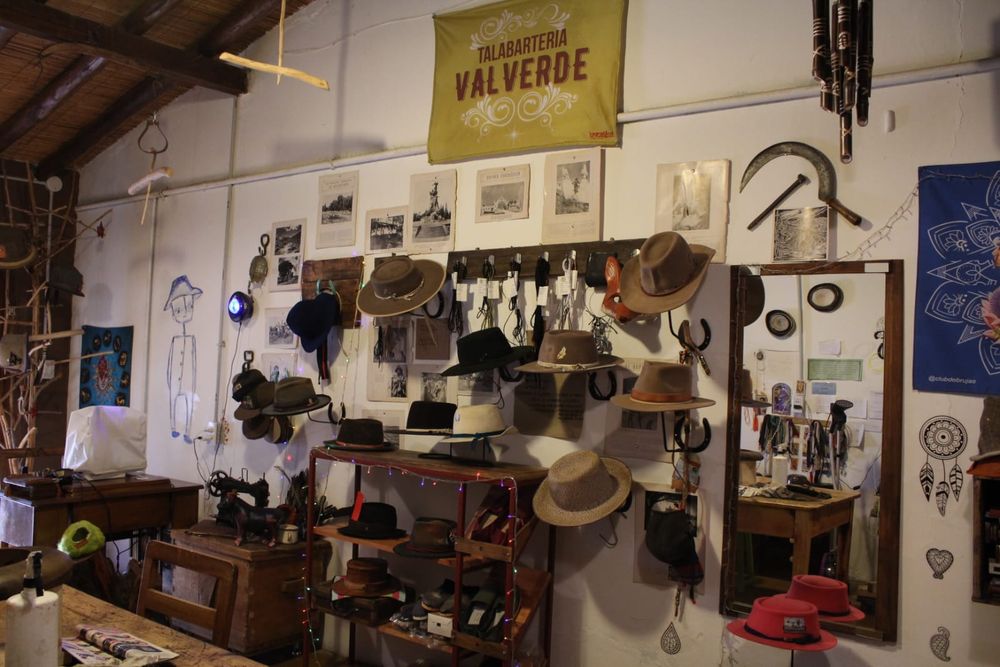"There is no fool without a hat": Fernanda, the milliner who brings stories back to life

Contrary to the idea of the hat as an accessory or fashion statement, for Fernanda it's a way of being in the world. " Whoever wears a hat has a different way of walking in this life . They have an ally. They can't forget it when leaving the house or doing work on the land, because it protects them from the sun, the cold, the heat." But she also explains that wearing it changes the connection with others: "When you wear a hat, you greet others differently. There's no longer a hug or a kiss on the cheek, because the hat creates a distance. If I take it off, it's because that person deserves it," she reflects.
Milliner

Gentleness
The work to bring this emotionally charged object back to life begins with zero. It starts with a deep cleaning: "I have to wash that felt in a certain way, depending on the stain, wear, dirt, or smell. I return it to its most basic state," says Fernanda. Once clean, the hat returns to the hat maker. There, she irons it, rubberizes it, adds new ribbons to the crown, and adds a new leatherette to the interior. But she tries to preserve everything.
He assures us that there's no room for error here. His profession doesn't allow for it. "Because the person has an emotional connection to that hat. A memory of someone who wore it. And if I make a mistake, I can't give them another one. It's not about replacing it. It has to be that one. Because it's that object that holds the connection. It can't be another one ," he confides.
That's why, every time he repairs one of these hats, he goes to a unique and special corner of his house, an old laundry room, where a Sacred Heart of Jesus rests. "There I ask Him to protect my hands, that they not make mistakes when repairing. I don't have a specific religion, but that Sacred Heart has always been there. My grandmother and her grandmother prayed there. His hands are given over to his heart, and that's what it symbolizes for me: giving my hands over to Him so they don't fail," he says.
Whoever brings their hat to the workshop is entrusting a story. “When I receive it, I'm making myself part of that story. It's like bringing that person who's no longer here back to life. A part of them returns through the person who hands over the hat, who tells us who wore it, what they did, and why they want it back,” he concludes.
milliner

Gentleness
“You can have a profession, but a trade is something very different,” Fernanda reflects aloud. She studied Language and Literature at the Vera Peñalosa Secondary School in San Carlos and earned a degree in Literature in Córdoba. “ A trade is a skill you bring with you , something you develop throughout your life. You carry your trade in your pocket, along with your tools. And you can take it anywhere in the world,” she continues.
The hat came to her as a challenge. “One day I said I was going to sell hats, and my second mother said, 'Make them.' And that's when I knew I had to learn how to make them with my own hands.” In that gesture, Fernanda identifies the step between entrepreneurship and having a trade: “An entrepreneur is someone who has capital and starts something. But someone with a trade doesn't need capital; they need tools and time. A trade repairs and fixes objects, but also relationships and communities,” she clarifies.
In dispute, profession and trade coexist within her. “ My profession gives me a salary. But my trade gives me meaning in life .” She warns that “I only play the card in the title when I can't take it anymore,” referring to her economic situation. But she also analyzes her nature, which permeates her body: “Because your body tells you when something becomes unsustainable, that's where trade comes in. There's always something you can give to others. Not just to human beings: to the ground, the air, the world you walk on,” she adds.
In her daily work, the milliner constantly intersects with the letters in her craft. In a thesis where the craft performed by hand and an antithesis framed within the profession, analysis, structure. And in tension, her synthesis emerges: “The hat is an object of reading. There are resources within the hat. There are metaphors, hyperboles, symbols. There is an aesthetic. A way of narrating.”
Milliner

Each hat is unique because each one has its own context. “A rancher's hat isn't the same as a rodeo hat, or a farm hat. Each one reflects a different profession and geography,” he explains. The tamer's hat , for example, “is like a crown”: black, with a wide brim and a low crown. “It usually has silver or alpaca charms, a Virgin, or a saint. It's his armor. He's going to give himself to an animal, he goes with the best he has,” he explains.
Instead, he describes the rancher's hat as functional: high crown, lightweight structure, and made of wool. "It has to withstand the sun, the rain, the wind. If it falls into the stream, it will float. And you can reshape it by hand, or bring it to the workshop and restore it with glue." There's also the ranch hat, "made of straw and covered with cotton fabric, so it lasts all season."
Fernanda has also made extravagant hats , emphasizing their uniqueness as a distinctive value. One was for a winemaker's collection, crafted only with steam, without ribbon or lining. "They were almost sculptures. Just a filter, steam, and hands. That was the most creative thing I did." In her personal choice, she prefers wool felt hats. "They're more noble, heavier. I need to know there's structure on my head." Otter felt, on the other hand, "is so light you can't even feel it. Very elegant, but the wind blows away."
milliner

Gentleness
The name of the workshop, another of the San Carlos milliner's episodes, came about thanks to "a friend from Córdoba who helped me choose it. She reads tarot cards, and I asked her to pick one. I told her: 'The one that comes up will be the name of the milliner's shop.' And the Page of Wands came up. Of all the pages, it's the only one with a hat, and the wand represents creativity. So it came out just right, simply because of that," she confesses.
The workshop was built by hand. Fernanda works with lasts made in La Consulta, tools made by local artisans, and other inherited tools. “Don Carrión, a hatmaker from San Juan, gave me a brim iron and antique morocco leather. He told me: 'Make them yourself, learn.'” She also keeps a pair of scissors that belonged to her grandfather. “It has history, a lineage. And it keeps cutting, it keeps serving.”
The hat maker has tools made with 3D printers and others built by neighbors who took on the challenge. “Almost everything was made here. Even the charms, the Creole jewelry, the leather braiding. These hats are made in the same place, by several local hands,” she explains.
As for marketing, she's clear: "I've advertised on social media and on the radio, but nothing works like word of mouth. The most wonderful thing that's happened to me is that my own neighbors admire what I do. People who barely knew me, but who value the craft."
milliner

Her clients and fans of her work come from all over the world. “A Colombian family living in Chile came exclusively to the workshop. They arrived at seven in the morning. They wanted to come, see the place, see the gesture, the face-to-face conversation. The world of social media isn't everything. There's still a real, sincere world that coexists with everything else,” she notes, always in a reflective tone.
For María Fernanda Román, the hat is loaded with meaning. “Not everyone wears one. It's not that it's more special, but whoever wears it will tell you something. Something will make you uncomfortable to the core. It will challenge you in a way that other things don't. The hat belongs to the fool. And the fool, sometimes, is the one who sees things most clearly,” she concludes.
losandes




